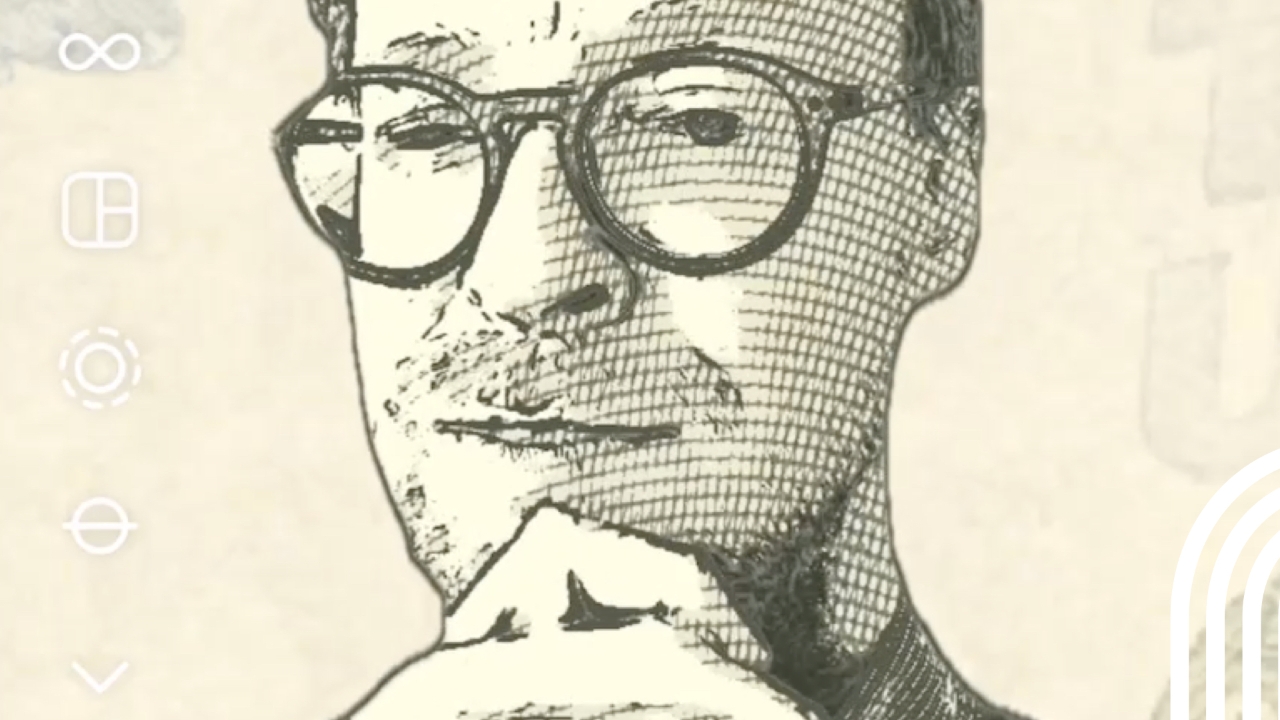Brand presentation using Augmented Reality

Brand presentation using Augmented Reality
During the COVID-19 pandemic, marketing communication has moved even further into digital formats. But how can we succeed in presenting brands and products digitally in such a way that they become unique and exciting experiences? And how can we create customer proximity without physical closeness?
Here are three reasons why content formats using Augmented Reality (AR) represent a new opportunity for brand and product communication:
1. It’s been widely accessible for a long time
Are Extended Realities (XR), that is the technologies associated with Augmented Reality, Virtual Reality and Mixed Reality, just for nerds? Maybe in the past. But over the last year, XR technologies have achieved the technological availability and market penetration that make them widely accessible. Also, they now offer a level of quality that has won over a wide audience. Above all, AR benefits from the enhanced performance of mobile devices and from a web-based approach. This enables users to immerse themselves in brand worlds anytime anywhere, and to experience high-quality virtual content on their own smartphones. It’s a new opportunity for brands to inspire their target groups with unusual experiences.
2. It can be used in many different ways
With XR and especially AR, virtual formats can be developed that complement and expand traditional campaigns in a meaningful way, for example, by combining print with AR, which brings print advertisements and posters digitally to life, or through interactive social media features that increase user engagement.
An example of a successful integration of Augmented Reality is the Varo campaign by Serviceplan Group New York, advertising an inclusive financial system for all Americans. Part of the campaign is an AR filter for Instagram built by the agency Saint Elmo’s Experiential. This allows users to insert their face on a digital $20 bill and share the picture on social media. In this way, they themselves become campaign ambassadors and make a personal statement in favour of diversity and inclusion.
But this doesn’t mean that the possible uses of XR possible are almost exhausted. Whether it’s virtual product launches, digital showrooms and events, virtually accessible real estate or virtual travel experiences as a way of marketing tourism, the technologies offer good solutions for experience-oriented marketing that does not depend on people being able to come together physically, and not just during the COVID-19 crisis.
3. It offers design freedom
When it comes to the imagination, the sky’s the limit! What often sounds like an empty phrase applies one hundred per cent to the design of virtual content. In the virtual world there are no spatial restrictions, no predetermined setting, no material costs and – in the case of events – there is also no need for additional staff to look after the users personally. Everything can be designed with the greatest freedom. Creative visions and good technical implementation are all it takes. And of course the courage to try something new.
Kevin Prösel, Managing Director, Saint Elmo's Experiential